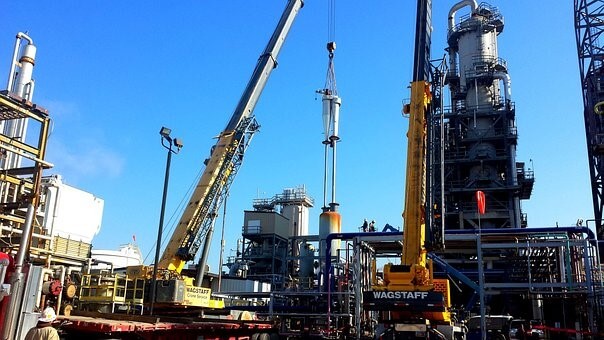Oil prices extended losses on Friday as traders await the Organization of the Petroleum Exporting Countries’ (OPEC) decision on additional output reductions.
Brent crude oil futures for January delivery declined 0.16% to $81.29 per barrel, having traded 0.70% lower in the previous session. Brent futures were last trading 0.05% higher to $81.46 per barrel.
The US West Texas Intermediate (WTI) crude oil futures for January delivery also dropped 0.03% to $76.36 per barrel.
The US oil benchmark had no closing on Thursday due to the Thanksgiving holiday, which is also keeping trading limited. WTI last stood 0.16% higher at $76.51 per barrel.
The two contracts are expected to post their first weekly increase in five on the possibility of OPEC and its allies, collectively known as OPEC+, further cutting supplies to stabilize the markets into next year.
Oil markets were stunned on Wednesday after the group announced that it would move its policy-setting meeting to November 30 from November 26 as the members were unable to agree on production levels, therefore, a possible reduction.
The unexpected postponement initially led Brent futures to incur a 4% loss and WTI with a 5% stumble during intraday trading on Wednesday.
Continuing with current output cuts now seems to be the likely scenario for OPEC+.
Oil’s Near-Term Outlook Positive, But May Be Capped
While the upcoming OPEC+ decision weighs on market sentiment, the near-term outlook for the Chinese economy appears to have the opposite effect.
Recent Chinese data and new support for indebted properties may strengthen the oil market’s near-term trend.
Chinese stocks edged higher on Thursday amid the potential for Beijing to provide additional stimulus to the embattled property sector.
Still, analysts said the surge may be curbed due to an inventory build in US crude and weak refining margins, which could hurt demand from the country’s refineries.
Fundamental developments have been bearish with higher US oil stockpiles, according to analysts.
As regards China’s long-term outlook, the view is subdued. Analysts estimated oil demand growth at a 4% slide in the first half of 2024 because of robust post-COVID expansion this year, as diesel use falls due to the property market crisis.
On the other hand, strong growth is expected to remain with non-OPEC output.
Brazil’s Petroleo Brasileiro SA – Petrobras has announced plans to invest about $102 billion in the 2024-2028 period to increase its production to 3.2 million barrels of oil equivalent per day (boepd) from 2.8 million boepd.











